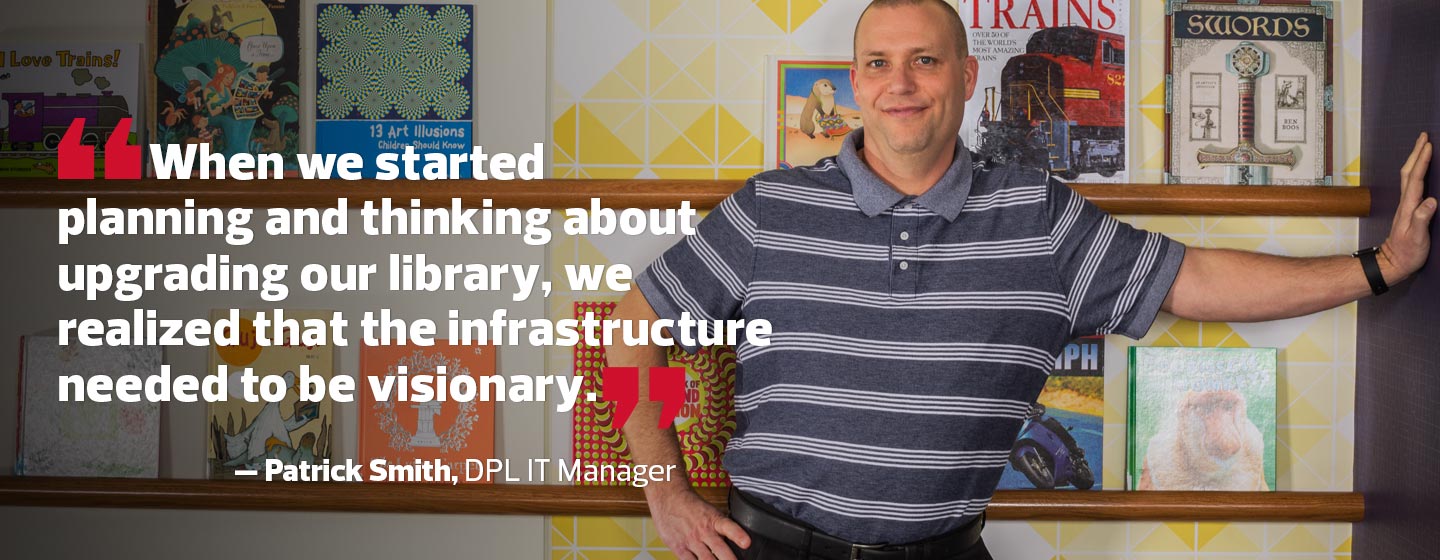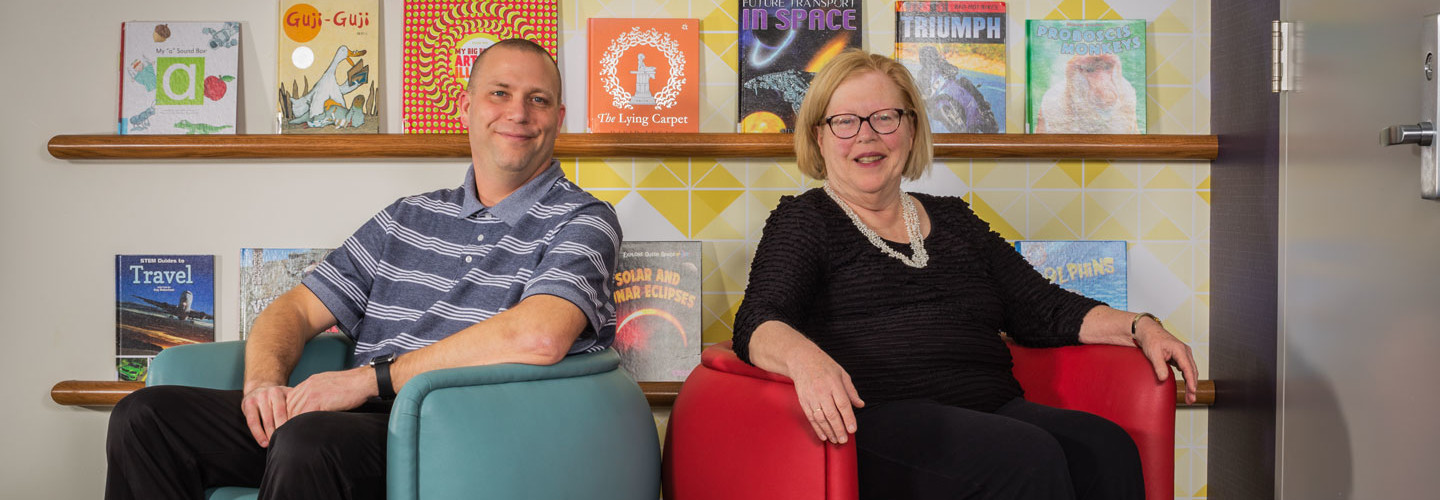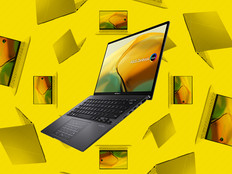How DeKalb Public Library Checked Out the Book on IT Modernization
Until very recently, a typical day in the life of a librarian at DeKalb Public Library in DeKalb, Ill., hadn’t changed much since the institution was founded in 1893.
“If it was somehow possible, a librarian from that era could have come back here 100 years later and, with a few, very minor adjustments, done her daily tasks with no problems whatsoever,” says DPL Director Dee Coover.
But that’s no longer the case, as the digital revolution transforms the nature of libraries and their role in the community.
This summer, DPL will complete a $25.3 million renovation and expansion to its 1930 building, adding another 46,000 square feet of space and a robust IT infrastructure, including a Meraki wireless network, HPE servers running VMware, an EMC storage area network, Barracuda firewall and backup solutions and Mitel cloud-based Voice over IP telephony.
“When we started planning and thinking about upgrading our library, we realized that the infrastructure needed to be visionary,” says Patrick Smith, DPL IT Manager. “That meant building a foundation that could handle not just the latest technology that we wanted to put in place on opening day, but also whatever technology innovations came along over the next 20 years.”
Technology As a Community Change Agent
The technology will offer a quantum leap in capability. Patrons will have access to 52 HP desktop and notebook computers and a large collection of e-readers and digital content, or they can connect any of their mobile devices to the Internet via Wi-Fi.
Classrooms will be outfitted with notebooks and 13 meeting and study rooms will house PCs, projectors, sound systems and big-screen TVs. A Vidyo video conferencing system will also enable local businesses and organizations to collaborate, residents to communicate with far-flung family members and job seekers to meet and interview with potential employers.

In addition, the DPL renovation addresses the changing literacy needs of a modern generation. The children’s area will include a computer, a notebook and digital projector for showing movies and other presentations. Teens will have not just their own space, but an entire wing complete with two glassed-in study rooms, gaming systems, 70-inch wall monitors and Microsoft Surface Pro 4 tablets. Meanwhile, a separate collaboration room will feature MakerBot 3D printers and 3D scanners, laser cutters and a system of connected computers and monitors that will enable users to tackle mutual projects more effectively and learn from each other.
Coover notes that DPL is poised to be a change agent for the community and its residents.
“We’re really set up now to help people in every area and at every stage of their life to learn, study, collaborate, create and grow in whatever way they need to in a more digital world and digital economy,” she says. “It’s all really amazing.”
Meeting the New Demands for Library Technology
Ironically, the rise of the Internet once led many observers to predict the demise of the public library, recalls Jon Worona, technology and innovation manager at the San Jose Public Library (SJPL) in California. Instead, patronage at his library has actually increased over the past several years.
“Technology has changed and expanded the role of libraries,” Worona says. “We’re still here to help our patrons access information, but that information is increasingly digital, and they’re using the information in more creative ways.”
Much of that expanding role is because, even in the heart of Silicon Valley, not everyone has the devices, connectivity or knowledge needed to participate in the digital economy.
“To be successful in school or work or even just to find a job anymore, you’ve got to be able to get on a device and interact digitally, and increasingly that’s what we’re providing,” Worona notes.
With more than 1,500 public computers, notebooks and tablets at its 23 branches, SJPL is currently the largest provider of public computing services in Northern California. During the past fiscal year, patrons logged more than 1 million computer sessions. In 2015, more than a half million e-books and audio books were checked out (up 26 percent), and e-magazine downloads were up 150 percent.
Unlike many libraries, SJPL does not lock down its public computing environment, Worona says. The institution uses a security suite that wipes each computer and resets it to a standard configuration after each session.
“In this way, the library computer becomes like your own personal computer,” he notes. “You can install or download software, create content, upload to the Internet and save your work to a flash drive. We’re really proud of that because it gives people complete freedom to do what they need to do.”
SJPL now has its sights set on encouraging STEM learning through the introduction of emerging technologies. As an example, Worona and his team have assembled a collection of 20 robots to teach patrons about programming languages, and they have a mobile Makerspace kit of 3D printers, vinyl cutters, notebooks and other tools for hands-on demonstrations at local branches and community events.
DC Mixes Up Its Library Mission
The District of Columbia Public Library has long helped its patrons access the latest information, but has shifted its core focus to leveraging technology to help its patrons explore, exploit and create.
Nicholas Kerelchuk, DCPL technology and innovation manager, compares this aspect of technology to art.
“People can read about great artists and techniques, but that doesn’t make you an artist,” he says. “Our goal is to put the paintbrush in people’s hand, so to speak, let them find out what they can do and then go do it.”
Much of this activity emanates from the Digital Commons at the Martin Luther King Jr. Memorial Library, which boasts several specialized labs and creative spaces. The Dream Lab, for instance, provides free collaboration and co-working space to small organizations and start-up businesses. The area houses workstations and software, as well as projectors, interactive whiteboards and DVD players.
The Fabrication Lab features Computer Numerical Controlled machines, laser cutters and soldering equipment. The Studio Lab enables patrons to record and edit digital music and voice-overs. And the recently opened Memory Lab has the scanners, software and other tools that people need to convert, digitize and preserve their home movies and family photos.
DCPL also offers heavy programming around technology. This past summer, for example, it ran a Google Maker Camp for kids, and this year it’s making portable Makerspace kits available to local branches that want to offer classes on 3D printing, electronics, robotics and other topics.
Not surprisingly, the response from the community has been overwhelming.
“Our stats are through the roof,” Kerelchuk says. “People are discovering the cool new technologies that we have, but they’re also rediscovering what we’ve always been, which is a center of learning, culture and community.”







